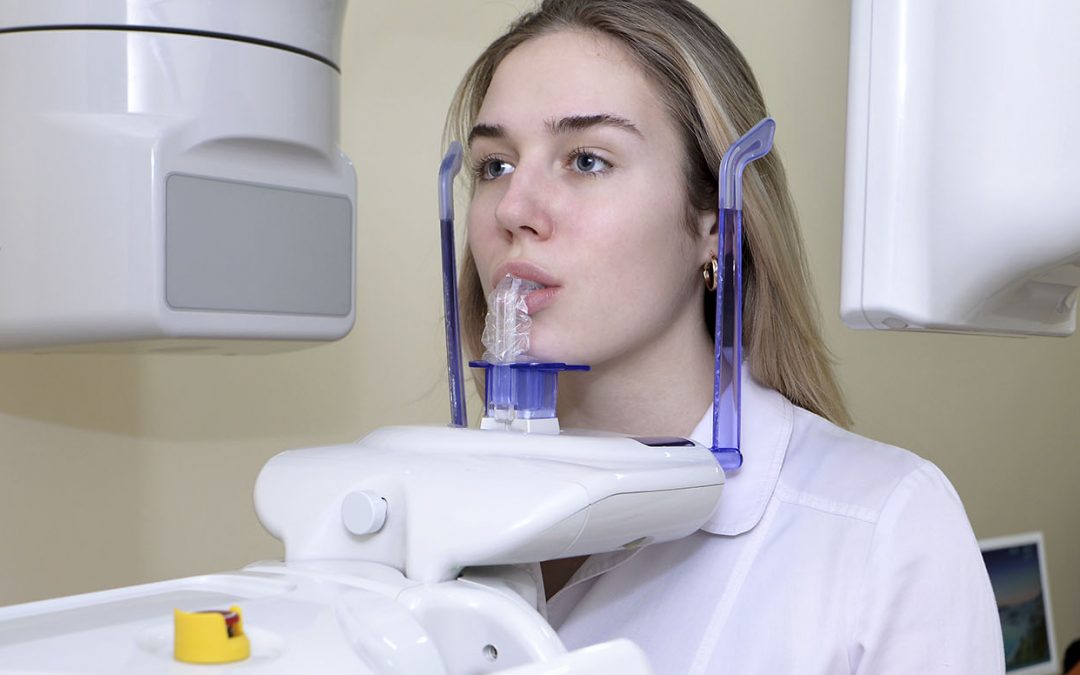ISO 24234 Dental Amalgam Creep Resistance Testing
The ISO 24234 standard specifies the procedure for determining the creep resistance of dental amalgams. This is a critical test for ensuring that dental fillings can withstand the stresses and strains encountered during use without deforming or failing over time.
Dental amalgam, primarily composed of mercury mixed with various metals like silver, tin, and copper, has been used in dentistry for centuries due to its strength and durability. However, as patient concerns about mercury exposure have grown, there is increased interest in developing alternative materials that maintain the robustness required for dental restorations.
Creep resistance testing ensures that the material can retain its shape under prolonged loading conditions, which is crucial given the constant stress exerted by teeth during mastication. The test involves subjecting a sample of the dental amalgam to a defined load and measuring how much it deforms over time at a specified temperature.
Understanding creep behavior helps in predicting the long-term performance of dental restorations, ensuring that they remain functional throughout their intended service life without compromising patient health or safety. This is particularly important for large restorations such as crowns or amalgam fillings placed on back teeth where forces are high and wear can be significant.
The procedure outlined in ISO 24234 provides a standardized method to assess the creep resistance of dental amalgams, which is essential for regulatory compliance. It ensures that materials meet rigorous performance standards before being used clinically.
Key parameters include:
- Loading force
- Temperature conditions during testing
- Specimen preparation methods
- Measurement techniques to capture deformation
The test setup typically involves a sample of the dental amalgam in a form suitable for compression, such as a cylindrical rod or disc. The specimen is then subjected to a constant load at a prescribed temperature while deformation measurements are taken over an extended period.
Acceptance criteria may vary based on specific application requirements but generally focus on maximum allowable levels of creep strain within given timeframes and temperatures. Compliance with these standards ensures that the dental amalgam meets quality benchmarks set forth by regulatory bodies worldwide.
This testing is particularly important for manufacturers seeking to innovate in this field while adhering to strict industry regulations. By demonstrating adherence to ISO 24234, companies can validate their products' performance and reliability, thereby enhancing trust among healthcare providers and consumers alike.
Applied Standards
| Standard Number | Title |
|---|---|
| ISO 24234 | Dental amalgam – Determination of creep resistance under load and temperature conditions |
| Standard Number | Title |
|---|---|
| ASTM F2670 | Dental amalgam – Determination of tensile strength under load and temperature conditions |
Customer Impact and Satisfaction
Compliance with ISO 24234 not only ensures that dental amalgams meet stringent quality standards but also enhances customer satisfaction by providing assurance of product reliability. Healthcare providers can confidently recommend treatments knowing that the materials used are rigorously tested for durability.
For patients, this translates into peace of mind regarding the longevity and safety of their dental work. The ability to predict how a restoration will perform over time allows dentists to make informed decisions about treatment options, potentially reducing the need for premature replacements or revisions.
Manufacturers who comply with these standards benefit from enhanced brand reputation and increased market share as they demonstrate commitment to producing high-quality products that stand up to scrutiny. This can lead to improved relationships with clients and suppliers alike, fostering a positive image in the industry.
Competitive Advantage and Market Impact
- Compliance with ISO 24234 can serve as a differentiator for manufacturers looking to enter new markets or expand their existing ones.
- It demonstrates commitment to quality, which is increasingly valued by both consumers and healthcare professionals.
- Companies that adopt this standard early may find themselves better positioned to meet evolving regulatory requirements more efficiently.
The ability to provide robust evidence of a product's performance under specified conditions can give manufacturers an edge over competitors who do not adhere to such stringent testing protocols. This is especially true in regions where there are strict regulations governing the use of dental materials.
By adopting ISO 24234, companies signal their dedication to excellence and continuous improvement, which can translate into higher customer loyalty and better market positioning overall.





